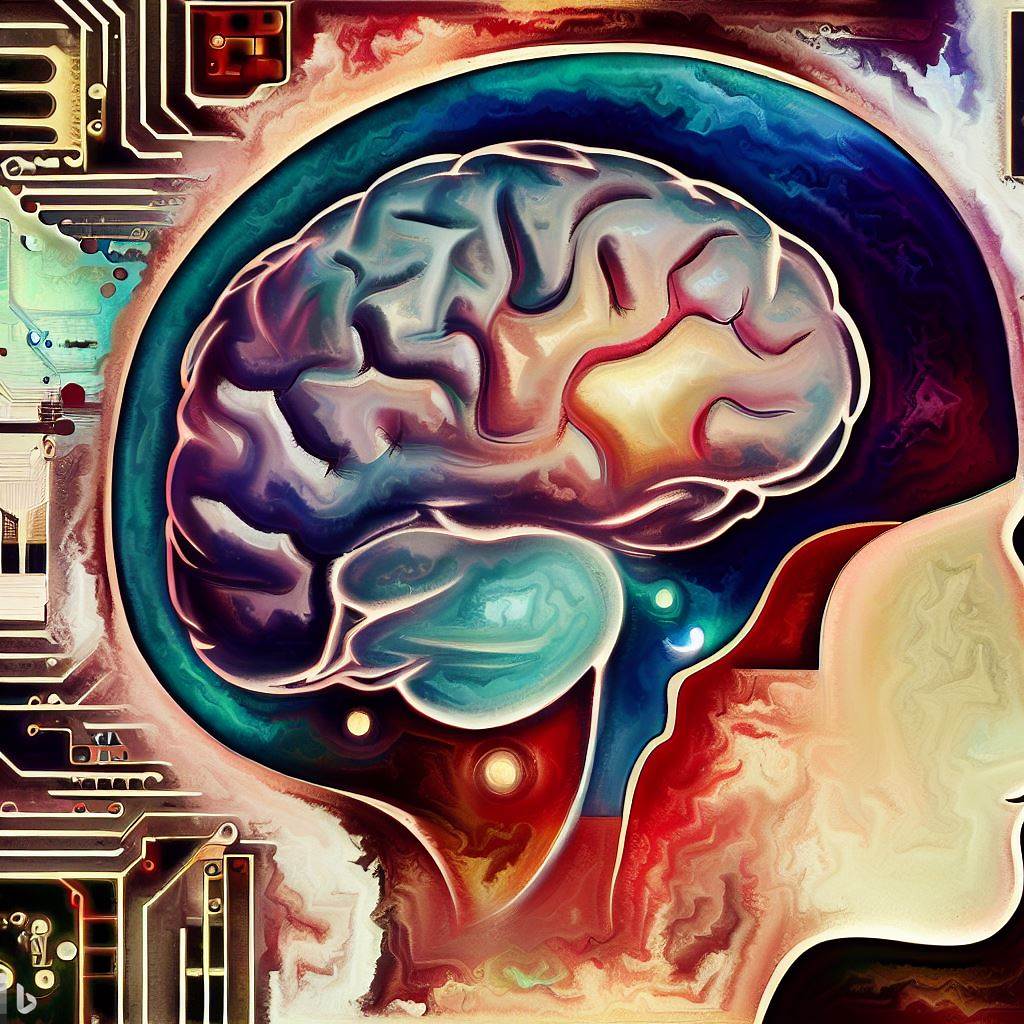Brains — marvelous mushy masses that hold the key to our uniqueness. Naturally, the emergence of Brain Computer Interface (BCI) has sparked a growing concern for neurorights, a movement that prioritizes individual liberties and psychological well-being over the blind and relentless pursuit of “ultimate happiness.” Neurorights encompass the principles of cognitive liberty, mental privacy, mental integrity, and psychological continuity. But what do they mean? Simply put, they comprise a set of rules that say that your mind is your own, and no one gets to mess with it without your nod of approval. It’s like having a bouncer at the door of your consciousness.
When it comes to ensuring neurorights, BCIs pose a troubling challenge. Imagine a machine tinkering with how you perceive reality, leading you to question if your thoughts and emotions are “real.” While those on the battlefield may consider relinquishing certain rights to be able to use BCIs to win wars, for most people, the thought is disconcerting.
What Exactly is Brain Computer Interface (BCI)?
BCI, also known as Brain-Machine Interface (BMI) or Neural Control Interface (NCI), is a revolutionary technology that establishes a direct communication link between the human brain and an external device. The primary purpose of BCIs is to enable the exchange of information or control commands without relying on traditional peripheral pathways, such as muscles or nerves. Instead, BCIs utilize neural signals, which are electrical or metabolic patterns generated by the brain during various mental activities.
BCIs offer the potential to transform the way we interact with technology, opening up a wide range of applications in medicine, communication, gaming, and various other fields.
The functioning of BCIs relies on cutting-edge neuroscience and advanced signal processing algorithms to detect, interpret, and decode neural activity, allowing users to interact with external devices through their thoughts alone. By harnessing brain signals, BCIs offer the potential to transform the way we interact with technology, opening up a wide range of applications in medicine, communication, gaming, and various other fields. There are different types of BCIs out there, each with its unique approach: Invasive, Non-Invasive, and Hybrid.

Beyond Brainwaves: Neurorights and Human Capabilities
BCIs have shown tremendous potential in enhancing the quality of life for individuals with disabilities, enabling communication and interaction for those with severe paralysis or locked-in syndrome. They’re also being explored for neurorehabilitation and neuroprosthetics, and there is good reason to believe that they can even boost our cognitive superpowers. However, the advancement of BCIs also raises important ethical and societal questions, particularly concerning neurorights.
When it comes to protecting human dignity, we have to look beyond just our brains. There’s more to being human than just our magnificent gray matter. Enter the capability approach – a perspective that celebrates all the incredible things we can do and experience. From staying healthy to feeling a roller-coaster of emotions to even indulging in a bit of good ol’ playtime (never underestimate the power of fun!).
Why do we dig this capability view? Well, it paints a fuller picture of what it means to be human and respects our dignity. That’s why we have to make sure that no fancy BCI gizmo out there can meddle with our core capabilities. For instance, say you got a BCI that not only reads your brainwaves but sends back pressure and temperature signals too. That’s cool, but not if it leaves you questioning your very senses. And if a BCI starts puppeteering your movements without a “pretty please” from you, that’s just rude (hello, personal space, anyone?)
But here’s the real kicker — deciding what counts as a “threshold” capability is already a head-scratcher, and these brain-boosting shenanigans can complicate our understanding of thresholds even more.
Neurorights in Practice: Applications and Challenges
While neurorights are an important concept to consider in theory, putting them into practice is a whole different story. For example, what happens when there’s a conflict between an individual’s neurorights and societal benefits or safety concerns? Who gets to decide what’s more important? Moreover, there are already a few practical applications of BCIs that could potentially infringe on neurorights. For example, BCIs could be used to monitor the brain activity of employees to detect boredom or fatigue, which could then be used to optimize work efficiency. While this might benefit the employer, it could violate the employee’s right to mental privacy and autonomy.
And let’s not forget the dark corners of data access. Who has their hands on the information gathered by BCIs, and how might it be used against us? The last thing we need is some mischievous hacker running off with our brainwaves, using them against us in legal or employment battles. As BCIs continue to advance, it’s important to consider the potential implications for neurorights and to establish clear guidelines and regulations to protect individuals’ mental autonomy and privacy.
____________
Written By: Neha Chaturvedi





